

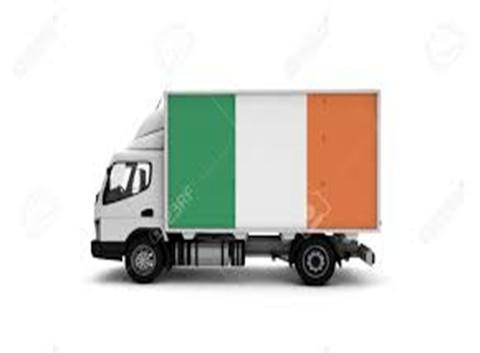
Safe Work Related Road Use For Light Commercial Vehicles – a perspective Deirdre Sinnott McFeat Senior inspector HSA 08 November 2022


What I will cover today? • Introduce Safe Work Related Road Use • Focus on van fleet risk management • Talk about HSA focus • Recap on OSH safe systems approach • Current challenges in LCV landscape • Risk management priorities for employers • Action needed by you? Necessary measures • Reflect on how you are doing


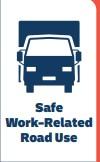
To improve safety management of workrelated journeys. The planned, systematic safety management of work journeys on the roads, aiming to reduce the risk of death and serious injuries. Road
2021-2024
Safety Strategy Pillar


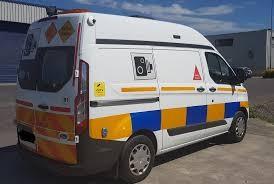






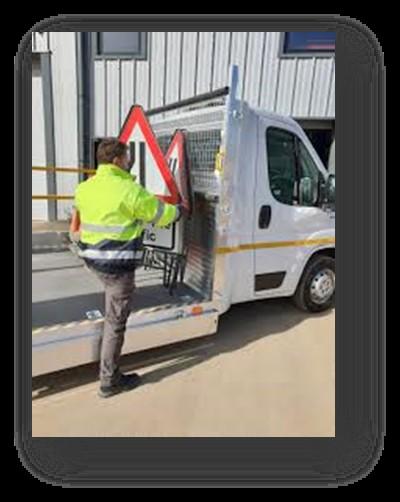

3,220 deaths on Europe's roads in collisions involving vans 2017 • Many types of vans in use on the roads • Across all work sectors • Each with a different purpose • Using the road for different reasons • At different times • By people with varying standards of competence • Standards of compliance vary widely
Getting your attention



Making the headlines
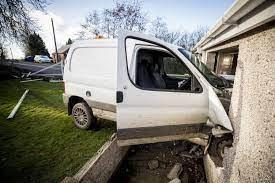


Warning signs

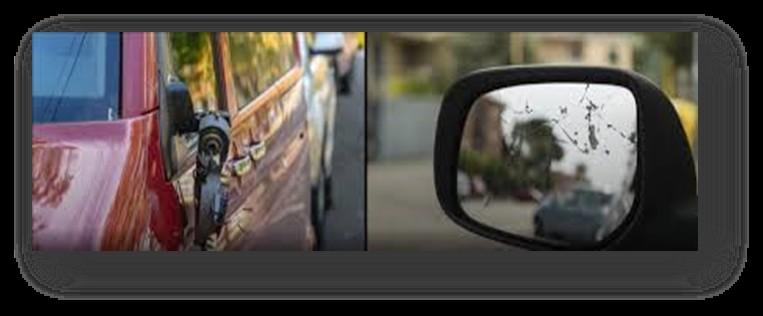




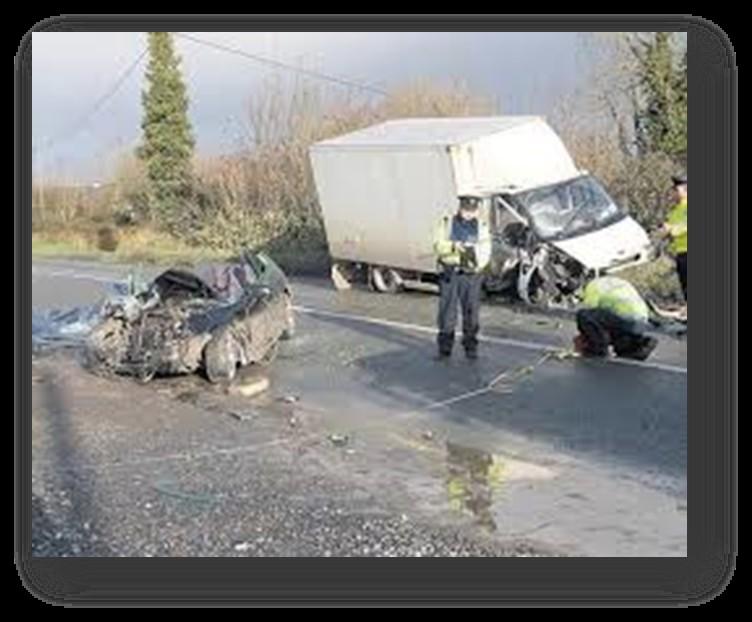
Avoiding preventable trauma and injury 2017- 2021 49 fatal collisions 354 serious injury collisions Involving light commercial vehicles 2017- 2021 49 fatal collisions 354 serious injury collisions Involving light commercial vehicles


challenge • How to prevent work related vehicle incidents in the workplace and on the road? •To make sure van operations take place without risk of harm to people? •To make sure people get home safe at the end of a shift or working day
The



Why van incidents happen? • Lack of safe systems of work • Lack of management control • Unsafe/unsuitable/unroadworthy vehicles • Lack of awareness • Lack of training • Deliberate unsafe acts • Errors and omissions • Killer behaviours • Speed • Distraction • Intoxication • Not using safety equipment • Misuse of safety equipment

Safe Vehicles Safe Drivers Safe Operations Safe Journeys Employers Safe Systems of Work Occupational Health & Safety Legislation Road Safety Legislation Road Traffic Act and Regulations Employees

Volume of van traffic Parking constraints Deliveries and collections Interactions with other road users Driver behaviour Driver welfare and wellbeing Van roadworthiness Load securing Access to premises Van overloading Driver competence Vehicle conspicuity Range of van types
challenges Range of van operations The Green Agenda Size of vans Regulation of van sector Unrealistic demands Not all vans are equal Purpose of journey In vehicle safety technology Age of vehicle Work Sector Lack of detailed profile of van involvement in collisions and incidents Work horses of our cities and towns
Van

Van Driver Challenges Nonprofessional drivers Car licence requirement but not a car that’s driven Work Schedule demands Long hours spent on road every day Managing deliveries / collections Driving secondary to main occupatio n Lack of Instruction and training Lack of clear procedures Non-regulated sector Working on side of road No regulation of driver hours Multiple locations Lone working Mobile workplace Vehicle comfort and ergonomics In vehicle communications Interactions with other road users Employee Contractor Self employed

Driver Attitude Competence Authorisation Instruction/ Information Training Fitness to drive Risk profile Age Driving history Driving experience Driving behavior Vehicle Roadworthiness Condition Type Age Mileage Suitability for task Tyres Safety features EURONCAP rating Vehicle checks Conspicuity Load restraint Workplace Welfare Journey Time on the road Encounters with road users Road types Day of week Time of day Seasons/ Weather Distances travelled Urban/rural Emergencies Lone working Passengers Roadworks Van fleet risk factors


Employers - must take action • Incorporate Fleet Risk Management as part of OSH framework • Include safety criteria in procurement of vehicles. Commercial Van Safety, Euro NCAP • Implement robust preventative maintenance and defect reporting procedures • Implement robust policies for driver safety • Monitor driver behaviour • Set acceptable driving durations and distances for employees who drive for work • Put focus on ‘Fitness to Drive’ • Make sure that current shift patterns, journey planning and employment contracts do not contribute to unsafe driver behaviour or fatigue/stress
How are you doing?
• In your organisation, does the same safety focus that applies on the factory floor or office space transfer to the vehicle?
• Does my organisation currently have a system in place to handle compliance concerns, such as speeding infringements? Sleep deprivation? Distracted driving? Misuse of safety equipment?
• Does my organisation assess infringements on a case by case basis, or is there a one-size-fits all policy?
• Does my organisation acknowledge all of the factors influencing safe work related road use specific to our business operations, and work actively to address and target these?
• Does my organisation have a process in place to track noncompliance or employees licensing status?



• Does my organisation have additional compliance policies in place for employees who have access to a work vehicle for private use?
• Does my organisation work to educate employees about safe work related road use in the instance of a breach, and at what point does this education and support occur?
Consequence Management Framework for business
Why?





T: 0818 289 389 E: contactus@hsa.ie W: www.vehiclesatwork.ie Go raibh maith agaibh Thank you






































































